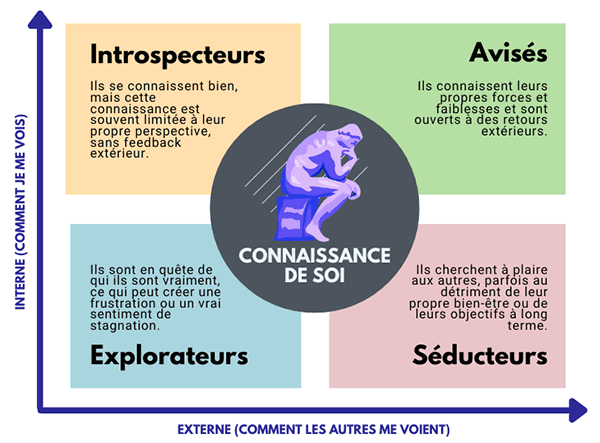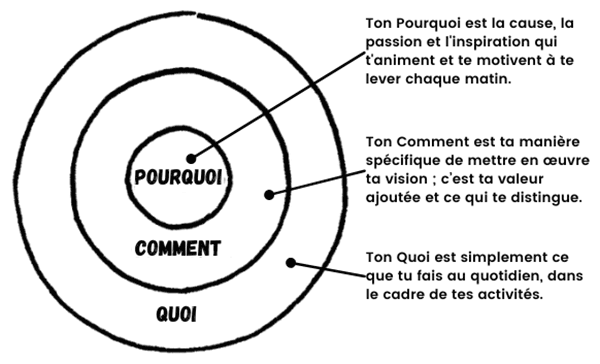Crying is the baby’s only means of communication. But how do you know what he means?

All parents are helpless when faced with the crying of their newborn. Crying is a form of language that helps him communicate his needs or discomfort. He sometimes spends several hours a day alerting his parents and those around him when he needs something.
Crying is a physical need, not a whim
Infant cries have been useful since prehistoric times. At an age when the brain and vocal cords are still too immature to emit sound as complex as articulate language, newborns use crying to alert and convey information.
Consoling him every time he cries is therefore necessary for him to be calmer and less worried. At this age he does not yet know how to manipulate, if he cries it is because he is trying to express a need (hunger, sleep, boredom…) or discomfort (hot, cold, irritation, pain…).
Understanding your baby’s message not only allows you to communicate better but also avoids the stress or fatigue of the first few months.
How to learn to listen to your baby?
Learning to listen carefully to your baby’s cries helps to better decode his needs:
• A continuous and insistent cry at the time of the bottle often corresponds to a baby who is hungry;
• A shrill cry followed by silence when inhaling shows annoyance and nervousness;
• Continuous crying for more than 3 hours, several days a week may mean that he suffers from colic;
• A loud cry that cannot be quieted can mean that he is in pain, especially if he is sick.
Of course, this is just an example that may vary depending on the baby. It is by memorizing your child’s cries that you will be able to act and relieve his needs more easily without stress or annoyance.

Learn more : “He’s crying, what’s he saying? Finally decoding the hidden language of babies”, Isabelle Filliozat, Editions JC Lattès.
.















